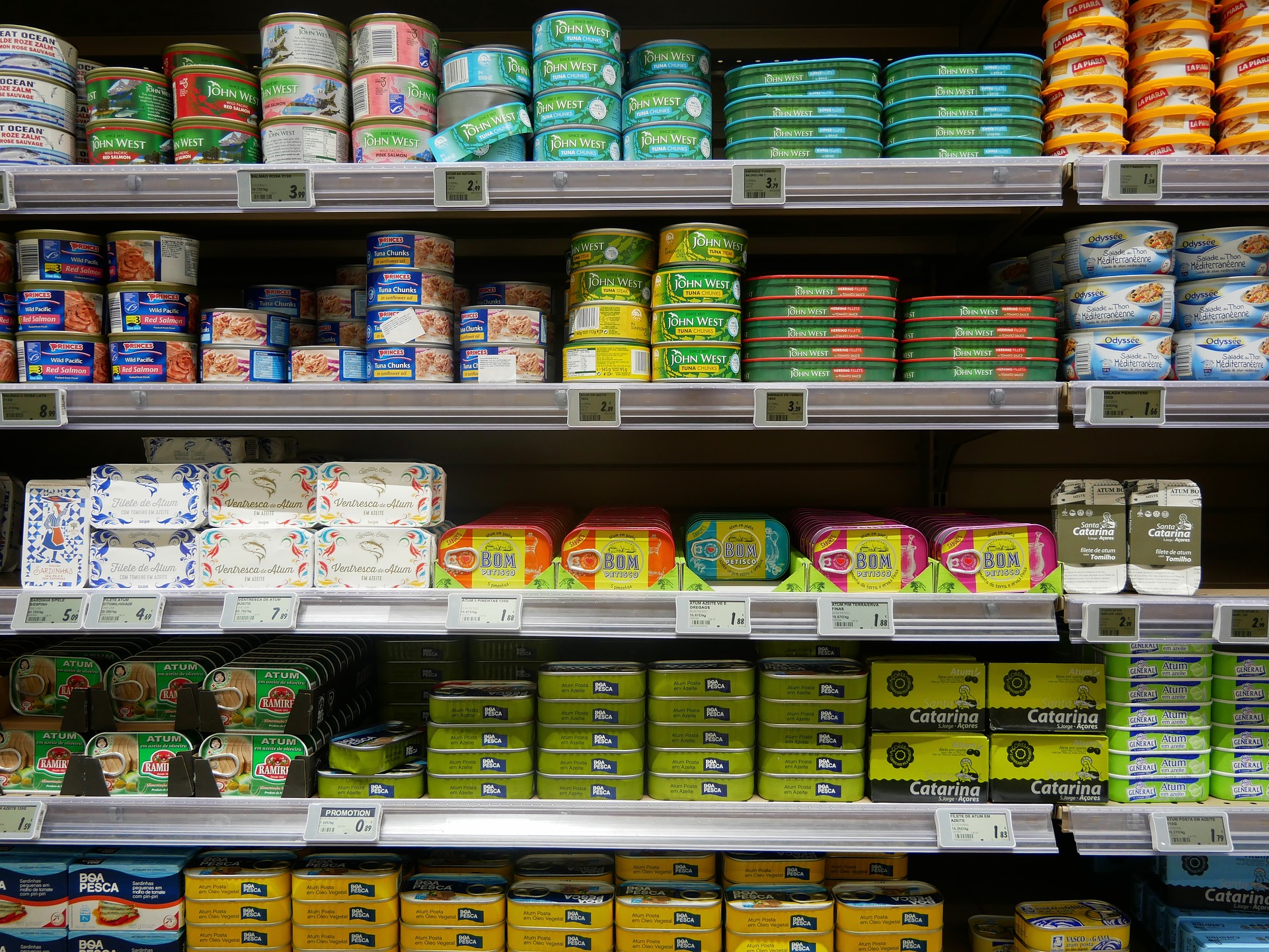The Competition Commission had a roundtable to unpack the March 2025 edition of the Essential Food Pricing Monitoring (EFPM) Report on Thursday, 27 March 2025.
The latest report continues to track essential food prices and examines commodity cost drivers along the value chain. The commission has been monitoring the price of essential foods since the onset of the Covid-19 pandemic in March 2020.
It commended retailers for their constraint in price hiking for goods such as pilchards from the tracking period between August and December 2024.
Competition Commission senior economist Kagiso Zwane said the decrease in the price of pilchards, from R27.81 to R27.46 a can, was due to “retail prices coming down faster than producer prices, which is an indication of some positive restraint on the part of retailers in terms of how they have priced this product relative to the cost of putting it on their shelves”.
He noted that pilchards were an important source of protein for many South African consumers.
Eggs and poultry
Another positive development was poultry and egg producer prices going down after avian flu affected the industry in 2023, although prices continue to remain above average. The average price for half a dozen eggs is currently R19.99.
“The prices of eggs remains appreciably higher than the long-term average. As previously discussed, the egg value chain was severely affected by the highly pathogenic avian flu outbreak that occurred towards the end of 2023. A year later, prices have been slow to normalise. At the time of the outbreak, industry players predicted that flocks would normalise 17 months following the outbreak,” the report reads.
Major players in the poultry industry have experienced improvements in operations and profitability, which were supported by favorable commodity and feed prices, easing load shedding, and lower avian flu-related costs.
“Egg producer prices are currently cheaper than they were in November 2023. This suggests recovery in the sector enabled by various private and public measures, including biosecurity protocols and monitoring programmes, import of fertilised eggs, and tariff rebates,” read a statement from the commission.
Read more: Grocery bills soar as the alarming impact of food inflation hits South African households
Meanwhile, the difference between producer and retail prices for brown bread continue to show indications of long-term price decrease for consumers.
In recent months, “The spread has remained between 17-18% compared to early 2024 when it was closer to 20%. The decrease in the spread is largely due to lower average retail prices for brown bread,” said the commission.
Maize meal
Maize meal was a big concern in this report and the commission did a deep dive, stating that the maize meal value chain has been under immense pressure following the midsummer dryness experienced in February 2024.
“This has had a disruptive effect on maize supplies in the country. From a pricing perspective, the upward trend that began in March 2024 continued for the rest of the year. However, higher white maize prices have not been fully transmitted to producer prices. Consequently, the farm value to producer price spread has narrowed to 20%, the lowest since November 2022.”
On oil, the report said: “Despite better and more responsive price transmission for sunflower oil, the producer to retail spread of sunflower oil remains at its highest level since 2021.”
Read more: Food basket even more unaffordable with the prospect of a VAT increase
When asked if geopolitical factors such as tariffs being imposed on various countries by the Trump administration in the US were a factor, Zwane said: “Because we are a large producer and export of maize, I don’t think we will see a volatile market due to geopolitical factors.”
The commission did note that its report had blindspots, such as not being able to track markets where selling and buying happened out of the public’s eye, making it hard to gauge if there was price gouging or fair practices.
“There is still a need to think of measures to help understand the high level of prices, as felt by consumers even though we are seeing slight decreases and stability,” said Zwane.
Competition Commission economist Khalirendwe Ranenyeni said the significance of the report was to explain the transmission of costs and why costs were rising or falling.
Ranenyeni said the report helped track whether prices were moving at “‘feathers or rockets’. For example, what we have seen in maize prices shooting up to 60%, you quickly see retailers increasing the price for consumers. Observations in the past have noted that retailers are not quickly responding to a decline in production costs by reducing prices.” DM





